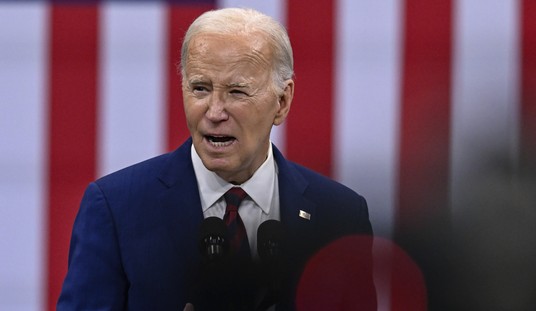WASHINGTON – The politics behind who governs here dabbles in the absurd so often that absurdity is practically normal. So it is not ridiculous to consider that the next presidential election could end in an electoral tie.
If so, it would be the fourth time that has occurred – and likely would bring to its knees the controversial math that ultimately decides the presidency.
For more than 200 years and 44 presidents, the Electoral College has been the mechanism to make certain that the American president has sufficient popular support throughout the country to govern effectively.
Our presidents are elected to four-year terms by 538 Electoral College voters, one per senator and representative from each state and three for the District of Columbia.
Sometimes the electoral vote ends in a tie, especially when the country is divided right down the middle.
If no candidate receives a majority of electoral votes, the decision falls to the House of Representatives.
According to House historian Matthew Wasniewski, the question of who selects the president became one of the most volatile debates among the Constitution’s framers; some wanted state legislatures to do so, while others favored direct election.
The argument against state legislatures having that power was that a president might constantly try to please the state bodies and thus not remain independent. The argument against direct elections was that presidents would always come from more populous states, thus rendering rural states voiceless.
Ultimately, the electoral system was chosen. “But the framers of the Constitution didn’t anticipate the development of a strong two-party system when they settled on the college as the method for electing presidents,” Wasniewski said.
Recommended
The elections of 1800, 1824 and 1876 pointed out some of the weaknesses in their constitutional design.
The first effort to correct those problems came with the 12th Amendment to the Constitution following Thomas Jefferson’s hotly-contested first election as president. Amid public unhappiness with the electoral commission in the Hayes-Tilden presidential dispute, reforms of the 1880s aimed to make states the final arbiters of the legality of their slates of electors, Wasniewski said.
The first tie election occurred in 1800, when Jefferson and incumbent president John Adams both received 73 electoral votes; 36 ballots later, the House chose Jefferson.
Everything about that transition of power was dramatic and included name-calling, accusations of corruption, divisional party politics – even duels.
“And we think today’s politics are divisive,” said Wasniewski. “It is rare that this country is not in a rancorous political moment.”
In 2008, candidate Barack Obama became president by racking up 365 electoral votes to opponent John McCain’s 173; he turned the traditional Republican-red states of Ohio, Virginia, Colorado and Florida to Democrat-blue and left McCain in the dust.
The political map that Obama is attempting to follow this year – thanks to a skeptical electorate that is not so enamored of his governance – narrows his electoral numbers to 273, and even that is based on a lot of assumptions.
“Should President Obama manage to keep Virginia, Colorado and New Mexico in the Democratic column, while Nevada, North Carolina, Iowa, Indiana, New Hampshire, Ohio and Florida return to the Republican column, a 269-269 tie would result,” according to presidential historian Lara Brown.
As a result of the Constitution’s 12th Amendment, choosing the president in a tie election goes to the newly elected members of the House, while choosing the vice president goes to the Senate.
“In short,” said Brown, “it is possible that Mitt Romney, assuming he wins the Republican Party's nomination, would become president, and Joe Biden would remain as the vice president” – that is, assuming Democrats retain control of the Senate and Republicans retain the House.
"After what is likely to be a highly negative, high-spending campaign, should the Congress select the president and the vice president, I imagine that the calls for reform of the Electoral College would be deafening from all sides of the partisan aisle,” Brown added.
In other words, if the first order of business in the next Congress is to select the president and the vice president, then the second order of business may well be to pass a constitutional amendment abolishing the Electoral College.

























Join the conversation as a VIP Member